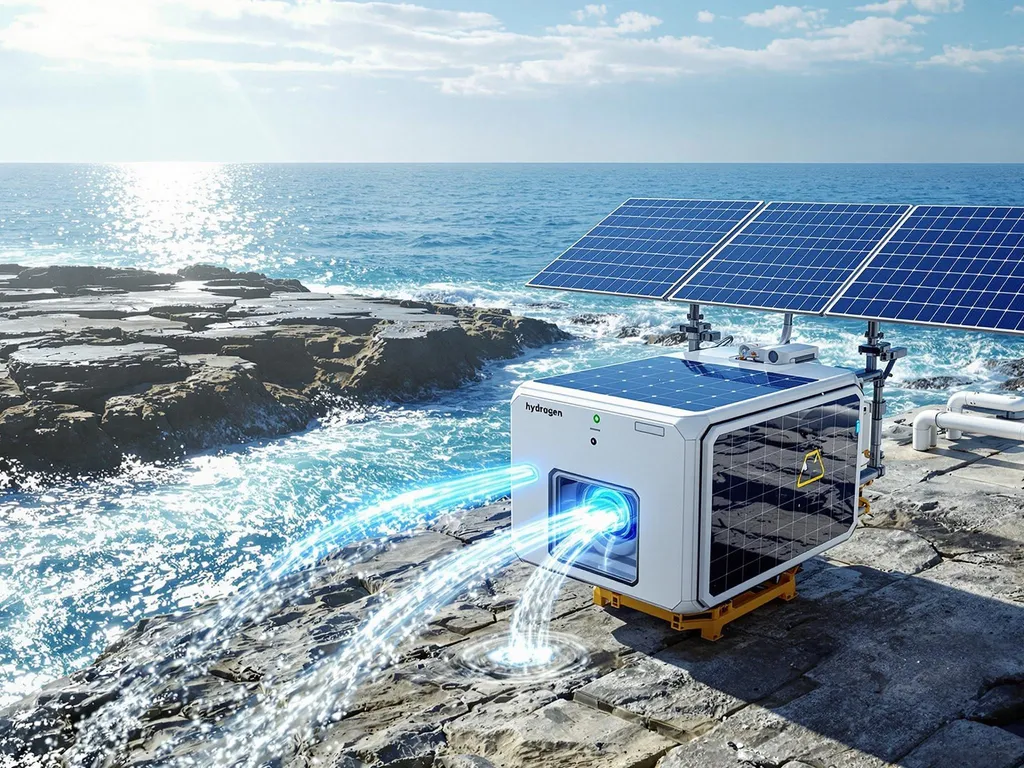Solar-Powered Breakthrough: Generating Hydrogen and Freshwater in One Device
Key Ideas
- Cornell University researchers have developed a solar-powered device that produces green hydrogen and freshwater simultaneously, addressing sustainability and clean water access in one system.
- The device uses a photoelectrochemical cell to split seawater into hydrogen and oxygen, while also incorporating built-in desalination to provide clean drinking water, a game-changer for coastal communities.
- The breakthrough offers potential benefits such as lower costs, simplified infrastructure, and sustainable solutions for regions with water scarcity or transitioning away from fossil fuels.
- Scaling up the technology poses challenges related to durability, membrane life, integration, and cost effectiveness, but if successful, it could revolutionize resource access in areas like remote communities and disaster zones.
Researchers at Cornell University have developed a groundbreaking solar-powered device that can simultaneously produce green hydrogen and freshwater from seawater using sunlight. This innovative system combines solar capture and water-splitting technology in a single device, addressing two critical global challenges: sustainable energy production and access to clean water. By incorporating desalination capabilities, the device not only generates hydrogen but also produces clean drinking water, eliminating the need for purified freshwater, which is a significant advancement for coastal and arid regions. Cornell's approach of starting with seawater instead of freshwater demonstrates a cost-effective and sustainable solution that could benefit island nations and coastal communities seeking to reduce reliance on fossil fuels.
This development reflects Cornell University's commitment to advancing clean technology, with collaborations with institutions like the U.S. Department of Energy and National Science Foundation. While the device's prototype shows promise, scaling it up will require addressing concerns about durability, membrane life, integration with existing systems, and cost efficiency. The successful implementation of this technology could lead to widespread benefits, including green hydrogen production without freshwater dependence, improved access to clean water, reduced infrastructure costs, and enhanced energy and water independence for remote areas and off-grid communities.
The innovation aligns with a broader trend in sustainable energy and water management, with global efforts focused on integrating hydrogen production, solar energy, and desalination. Cornell's device offers a unique approach by streamlining the process from seawater to valuable end products, providing a potential solution to resource challenges in a changing climate. The next steps involve performance evaluations, field trials, and partnerships to bring this technology from the lab to practical applications, offering hope for a cleaner and more sustainable future.
